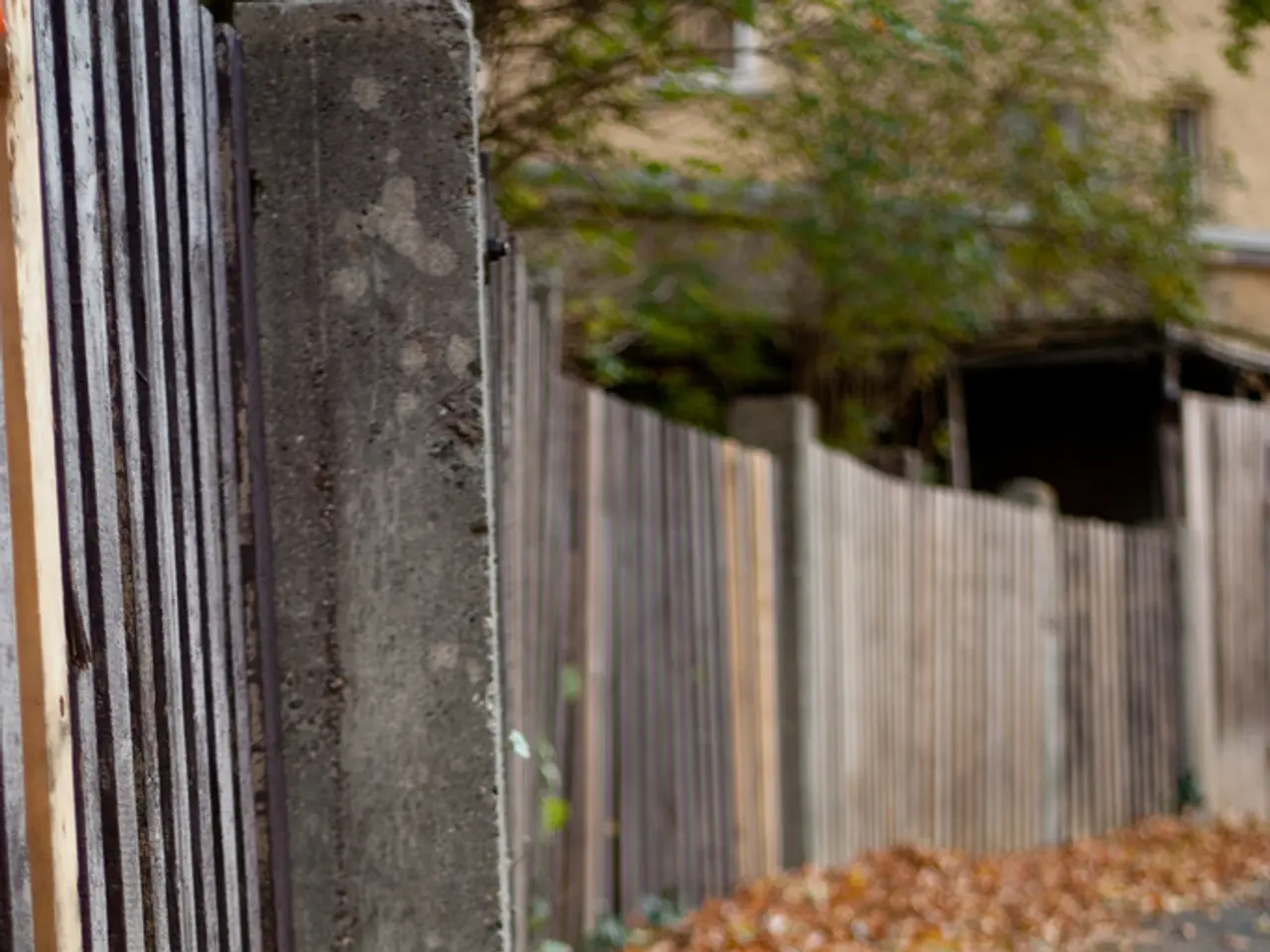Expert Bonsai Trimming Techniques: Cascade and Literati Styles Guide
Advanced Pruning Techniques for Cascade and Literati Bonsai
The art of bonsai pruning extends beyond simple trimming, with advanced techniques playing a crucial role in shaping the distinctive styles of Cascade and Literati bonsai. These methods focus on refining structure, encouraging back-budding, and maintaining the unique aesthetic balance of each form.
In a Cascade bonsai, precise selective cutting is used to sculpt the tree's downward flow, emphasising a gentle curve or steep fall that mimics a tree growing off a cliff. This careful pruning encourages strong back-budding on the downward-facing branches to maintain fullness while preserving the fragile cascading silhouette. Any upward or inward branches that disrupt the downward flow are removed, and clutter is minimised to enhance the illusion of weight and gravity on the branch tips.
On the other hand, the Literati style, known for its minimalistic elegance and long, slender trunks with sparse foliage, requires structural pruning. This means selectively removing branches that break the tree’s natural line or clutter its sparse foliage pads. The goal is to emphasise the trunk’s height, curves, and minimal foliage - typically clustered at branch tips or branch ends. Lower branches are removed to simulate a survival struggle and promote growth higher up. Pruning is done with foresight, cutting only above outward-facing buds or branch junctions to encourage directional growth and natural tapering. Techniques like pinching back new growth and removing crossing or competing branches enhance the slender, flowing form.
Additional advanced pruning techniques useful for both styles include the one-third rule, never removing more than one-third of the foliage at once to avoid stressing the tree. Finger pinching for delicate new growth and sharp sterilized tools for woody branches are used to minimise damage and promote fast healing. Integration with wiring and branch bending can also refine branch direction and pad formation without excessive cutting.
Timing is critical in bonsai pruning. Deciduous species should be pruned in late winter dormancy, flowering species just after blooming, and evergreens during active growth, with species-specific caution.
In a well-crafted Cascade or Literati bonsai, harmony in silhouette is achieved by balancing visual elements and creating a sense of dynamic tension. It's best to prune only what's necessary to maintain shape and promote healthy growth in a young bonsai, as excessive pruning can stress the tree, potentially stunting its development.
Prune thin, delicate branches with high-quality, precision tools such as Japanese-style scissors, tweezers, or specialized bonsai shears with thin, curved blades to guarantee accurate cuts and minimise damage to the tree. To maintain a healthy bonsai tree during the pruning process, water it when the top 1-2 inches of soil feel dry to the touch, ensuring consistent moisture without waterlogging.
In the Literati style, silence is a powerful element, achieved through the deliberate creation of empty space that allows the viewer's eye to wander and appreciate the tree's subtle nuances. The harmony of silhouette is further enhanced by the strategic placement of foliage, which serves to soften or accentuate the angularity of the branches.
Advanced pruning techniques can amplify the visual impact of a Cascade or Literati, elevating the tree from a mere miniature to an enthralling work of art.
Science and technology can play a significant role in the advancement of bonsai pruning, with artificial intelligence potentially aiding in predicting optimal pruning points and growth patterns, thus enhancing the overall aesthetic balance and structure of Cascade and Literati bonsai.
To further enrich the educational and self-development aspect of bonsai cultivation, online tutorials and apps could incorporate virtual pruning demonstrations and dynamic visualizations, allowing beginners to learn and practice pruning techniques with precision, adaptability, and confidence.




